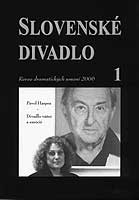

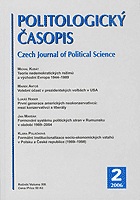
Keywords: neoconservative movement; Irving Kristol; American conservatism and liberalism; capitalism; American foreign policy
The paper searches for the essentials of the American neoconservative movement. The article focuses on the beginnings of the first generation, the “godfathers” of the movement, and especially the personality and life of Irving Kristol. First the article analyses the pre-neoconservative situation in United States. The roots of the movement are found in the liberal environment and its break-up in the reality of the turbulent Sixties. The development of the neoconservative movement through various concepts of domestic and foreign policy is described in the context of conservative-liberal struggle in the USA, while the position of neoconservatives is compared to these orientations. The long evolution of opinions and orientations of Irving Kristol is interpreted as a typical feature of the whole movement, and his life serves as the guide for the concept of the paper. The article presents the main eight fundamentals of the neoconservative movement formulated by Irving Kristol, and the study is concluded with a short section focused on the foreign policy opinions of the movement during the Reagan administration.
More...Keywords: the detective novel; the ballad; Čapek; Karel; Eco; Umberto; postmodern;
This genealogically-oriented essay considers two novels, Hordubal by Karel Čapek and The Name of the Rose by Umberto Eco, both of which are built on the plan of the classic intellectual English detective story. It seeks to demonstrate that in each, the fundamental noetic principle of the genre, which is the belief that the world can be known in its entirety, without complications, is eroded.
More...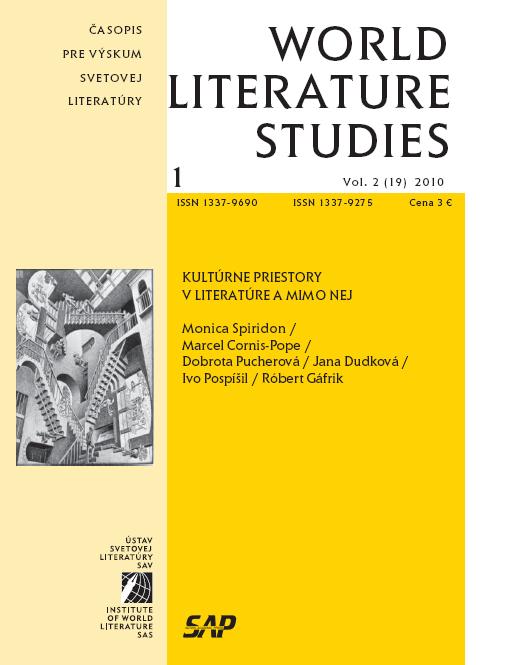
Zemřel profesor Ludvík Štěpán Európska asociácia postkoloniálnych štúdií v Európe 7. Medzinárodné komparatistické kolokvium na tému vzťahu literatúry a jej prostredia, Dňa 23. 9. sa konala na pôde Ústavu svetovej literatúry SAV prednáška Dr. Romana Halfmanna z Univerzity J. Guttenberga v Mainzi V dňoch 7.–9. októbra 2009 usporiadal Slovanský ústav AV ČR mezinárodnú vedeckú konferenciu Kultury a literatury mezi Východem a Západem Medzinárodná konferencia na tému Esej in singularnost Medzinárodné fórum The Novel The Eight Wonder of the World by Jordan Plevneš through the prism of the twentieth anniversary of the fall of the Berlin Wall La réception d‘Émile Zola en Europe centrale (Die Rezeption Émile Zolas in Mitteleuropa) Dr. Dirk Sadowski z Inštitútu Simona Dubnowa predniesol 10. 12. 2009 na pôde ÚSvL SAV prednášku Hebrejská kníhtlač a rané židovské osvietenstvo, Vedecký seminár na tému Kulturní areál Ruska včera a dnes a jeho vztahy (Rusko a Skandinávie, Rusko a Střední Evropa, Rusko a Balkán) Cambridgeská univerzita usporiada 14.–15. mája 2010 vedecký seminár Ideas of India in Britain 1857–1947. Medzinárodná vedecká konferencia Stredoeurópsky kontext tvorby Pétera Nádasa, ktorú 27. 1. 2010 usporiadal Ústav svetovej literatúry SAV v Bratislave 8. februára 2010 sa v Bratislave konala medzinárodná konferencia Tendenzen der slowakischen Germanistik nach der Wende Oddelenie translatológie na Filozofickej fakulte UKF v Nitre usporiadalo 11. 2. 2010 prvý ročník Celoslovenskej translatologickej konferencie doktorandov. Na konci roku 2008 uzrela svetlo sveta kniha Zvonka Taneského Slovensko-macedónske literárne a kultúrne vzťahy, V dňoch 25.–26. februára 2010 sa v Košiciach uskutočnila medzinárodná konferencia Perspektívy zahraničnej germanistiky
More...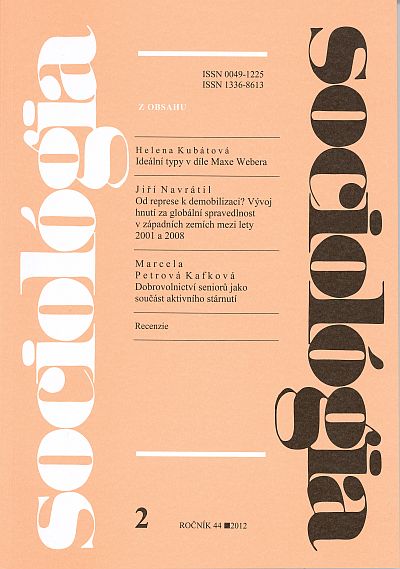
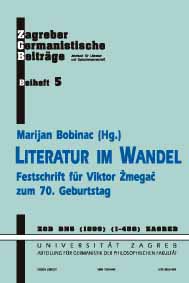
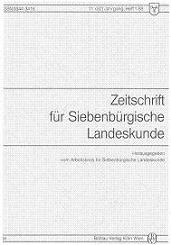
Keywords: Valentin Greff; Balint Bakfark; Lutenist; Biography
Über keinen Lautenisten und selten über einen Komponisten der Renaissance gibt es eine solche Fülle von Literatur wie über den im 16. Jahrhundert europaweit bekannten und gerühmten siebenbürgischen Lautenvirtuosen und Tonschöpfer Valemin Greff-Bakfark. Selten aber auch wurde bei biographischen Darlegungen so kontrovers geschrieben und diskutiert. Die widersprüchlichen Meinungen entzündeten sich hauptsächlich an der Frage der nationalen Zugehörigkeit des Künstlers, ein in Ungarn und Siebenbürgen ohnehin empfindliches Thema, das für Außenstehende heute allerdings nicht leicht begreiflich ist. Seit es eine Bakfark-Literatur gibt, wird darüber gestritten, ob der Musiker mit den beiden Namen Magyare oder Siebenbürger Sachse sei, und es wird über den eigenartigen Namen Bakfark gerätselt.
More...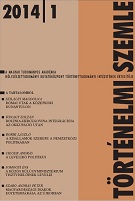
There exist several sources which attest that the Order prohibited private war and vengeance, and in all cases which menaced to erupt into a major conflict reserved the right of jurisdiction for itself. On the other hand, the chronicles and charters do relate cases which can be identified as private wars despite the official ban put on the feud. Most commonly it was offences, quarrels about land or cases of disputed inheritance opposing local landlords and bishops or chapters which led to mutual recourse to arms and the consequent acts of violence. Sometimes it also happened that a landowner turned on account of a real or presumed injury against the Order itself, which represented the power of the state. The sources make frequent references to the armed retinues (familia) of individual lords, on which they could rely in case of an armed conflict. This practice must evidently have played an important role in the decision taken by the Order in 1408 and 1420 to prohibit all people from travelling in the country with an armed escort of more than ten retainers.
More...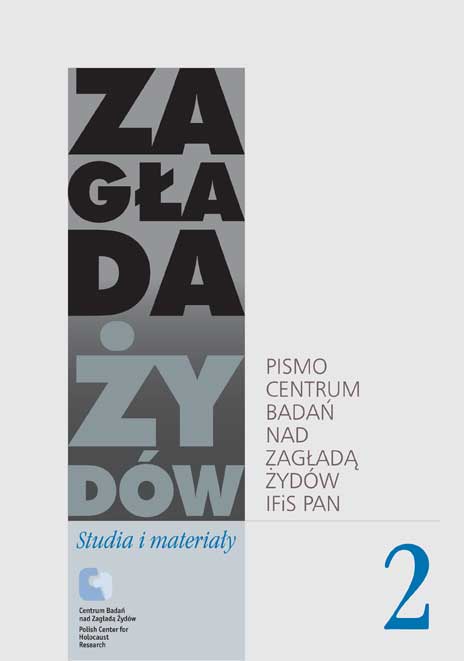
Keywords: Friedrich Seifter; Polish-German relations; German-Jewish propaganda; national socialism; occupation; collaboration
Fritz Seifter, żydowsko-niemiecki dziennikarz i obywatel Polski, dwa razy współpracował z władzami niemieckimi: pierwszy raz, kiedy na przełomie lat 1933 i 1934 w Bielsku z poparciem Ministerstwa Rzeszy d.s. Oświaty Narodowej i Propagandy założył swoją gazetę „Jüdische Wochenpost”; drugi raz, kiedy w lipcu 1940 roku Department d.s. Oświaty Narodowej i Propagandy urzędu Generalnego Gubernatora w Krakowie mianował go redaktorem naczelnym i kierownikiem „Gazety Żydowskiej”. Ale w tych dwóch wypadkach okoliczności oraz motywy współpracy różniły się znacząco. W wypadku „Jüdische Wochenpost” Seifter zrealizował projekt, który już od końca lat dwudziestych planował. Jego gazeta miała umocnić powiązania niemieckojęzycznych Żydów w Polsce z Niemcami. Ministerstwo Rzeszy d.s. Oświaty Narodowej i Propagandy popierało założenie tej gazety, aby wśród Żydów w Polsce stonować opinię przeciw reżimowi narodowosocjalistycznemu w Berlinie. Seifter widział siebie w latach 1933 i 1934 jako agenta niemieckiego Ministerstwa Propagandy. W 1940 roku niemieckie władze okupacyjne w Krakowie poszukiwały i znalazły Fritza Seiftera, który miał być redaktorem naczelnym i kierownikiem dla planowanej przez stronę niemiecką „Gazety Żydowskiej”. Gazeta ta w pełni podległa niemieckiej kontroli. Jej główne zadania to: jeszcze bardziej izolować Żydów od ich polskiego otoczenia, naganiać ich do pracy oraz stwarzać złudną nadzieję na emigrację po wojnie. Nie było więc ciągłości we współpracy Seiftera z niemieckimi władzami, a nie można mówić o kolaboracji. W latach 1933 i 1934 głównym motywem, dla którego Seifter założył swoją gazetę, był niemiecki nacjonalizm, który pozornie łączył go z zazistami. W 1940 roku jednak Fritz Seifter już nie działał z własnej woli, a iluzje co do morderczego charakteru reżimu narodowosocjalistycznego od dawna były nie do pomyślenia: Seifterowi jak i resztą Żydów w Polsce chodziło już tylko o przetrwanie.
More...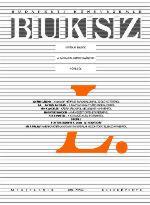
Keywords: Cognitive Psychology; Social Constructivism; Socialized Epistemology; Disoursive Onthology; contemporary psychology
Essay on the role of Social Construtivism in the contemporary Psychology
More...Nach spätestens zehn oder zwanzig Jahren wird der Gastarbeiter zu seinen Leuten zu Hause sagen: Aber ihr unternehmt ja auch nichts, um euer Leben zu verbessern; dort wo ich bin, arbeitet und strengt man sich viel mehr an. Die Gesellschaft in der Heimat wird gleichermaßen erwidern und spotten, da sieht man es ja, er ist schon ganz wie die Deutschen dort, er redet wie ein echter Švabo; er hat leicht reden, die dort werden alle zusammen einfach besser bezahlt für dieselbe Arbeit.
More...Keywords: World War II; forced labor camps; Poland.
After the end of WW2, numerous labor and detention camps were set up in Poland, whose purpose was mainly aiming at the resettlement of Germans. In the Census list, there were Polish citizens and locals who had been detained from the recovered areas. These bearings were reached by Soviet troops (NKVD), the local Polish authorities and in particular by the Ministry of public Security. A special group was formed by camps for forced labor at the service of the coal industry Administration. In all the forced labor camps, the inmates were subjected to repression, which also led to deaths among them. There were also the extremely poor living conditions, the chaos in organizing the matters, the falty approval of the stock orders, and the acceptance of retaliation against the Germans and their own "traitors of the Nation". This led to the gradual dissolution of the camp, including the resettlement of Germans, the control of the local population, the economic fiasco of the company and the international context.
More...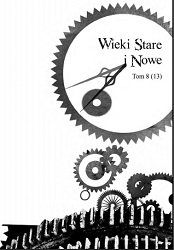
Keywords: Poland and Prussia; Friedrich Wilhelm; Hohenzollern; Prussian diplomacy
Frederick William, Elector of Brandenburg, took advantage of the political crises in Poland to bargain his way to various kinds of profit. In 1648 he received for himself and his successors an exemption from the personal paying of tribute from the Prussian fief. Whereas in 1668 he took advantage of the chaos associated with the abdication of Jan Kazimierz to seize in a military manner the Drahim starosty, which since the Deluge was under dispute between Brandenburg-Prussian and the Polish Crown. When he gained independence in the Prussian Duchy in 1657 he also engaged himself in the political struggle associated with the appointment to the Polish throne. The Hohenzollern did not desire to see on the Polish throne neither a French prince nor a Habsburg protégé. His dream appointee was a weak ruler would have to constantly take into account the will and the demands of the Brandenburg electors. It was for these reasons that he supported the candidacy of Philip William, the Neuburg prince, during the interregnum of 1668/1669. After King Michał Korybut Wiśniowiecki’s death in 1673 the goals of the Brandenburg diplomacy reached a new level. For the two Morsztynowie — the great crown undertreasurer Jan Andrzej and the Lithuanian underequery Szczęsny — put forward a plan of appointing the eldest son of the Brandenburg elector, Karl Emil, to the Polish throne. He gained the support of the powerful senators, including the hierarchs of the Catholic Church — the crown deputy chancellor of the treasury, the bishop of Chełm, Andrzej Olszowski, and the bishop of Cracow, Andrzej Trzebicki. The perspective of the advancement of the house of Hohenzollern was so attractive that Frederick William was prompt to cede various lands and to grant to the Polish Republic considerable military support against Turkey. He gave up his dream of the royal crown being granted to his son only when the Polish party made his appointment dependent on the Hohenzollern’s acceptance of Catholicism. In this situation Frederick William decided on 20 March 1674 to support the candidacy of the Neuburg prince, John William. On the basis of a treaty contracted on 1 May 1674 he was supposed to receive from the Neuburg prince, after his possible ascension to the Polish throne, an extension of the succession in the Duchy of Prussia to include the side branch of the Hohenzollern family and the assurance of the rights and liberties for Evangelicals in Poland. The favourable turn of the election for Brandendburg-Prussia was to be conditioned by the intensifying rivalry of the leaders of the French and Austrian factions. However, the cunningly conducted diplomatic game of the electoral legate, Johann von Hoverbeck, was futile. The emperor’s ambassador manifested a complete lack of judgment and he did not support a compromise Neuburg candidacy by supporting Charles of Lorraine until the very end. Jan Sobieski’s election victory, the leader of the French faction, frustrated elector F. William’s...
More...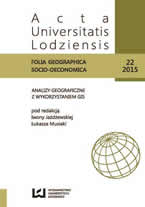
Keywords: former amber mine; geosite; Pomerania Province
Article is based on analysis of archival cartographic materials and Polish– German literature from the period between the 16th and 21th centuries. It presents the sites of old amber mines in the Pomerania Province. In total 32 new and unknown amber mines were found and the study of historical topographic maps made it possible to establish the very exact location of places mentioned in previous works. The analysis of historical materials conducted by the author points to locations of unknown, well-preserved, old extraction sites, which are valuable due to their cultural heritage. After some investment in the local infrastructure, the sites can make attractive spots in the region. The geosite of Bursztynowe Kule’ in Tricity Landscape Park is one of such places were well-preserved old amber mines are to be found. The final result of library research is the GIS ‘Digital map of former amber mines in the Pomerania Province’.
More...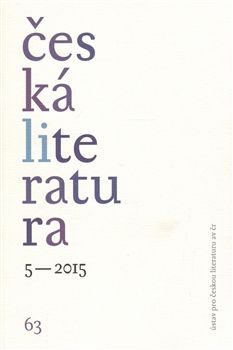
Keywords: bibliography; Zábrana Jan; congress; Czech studies
Fifth World Czech Literary Studies Congress; „Booked“ Zábrana: the first conference in Academe on Jan Zábrana
More...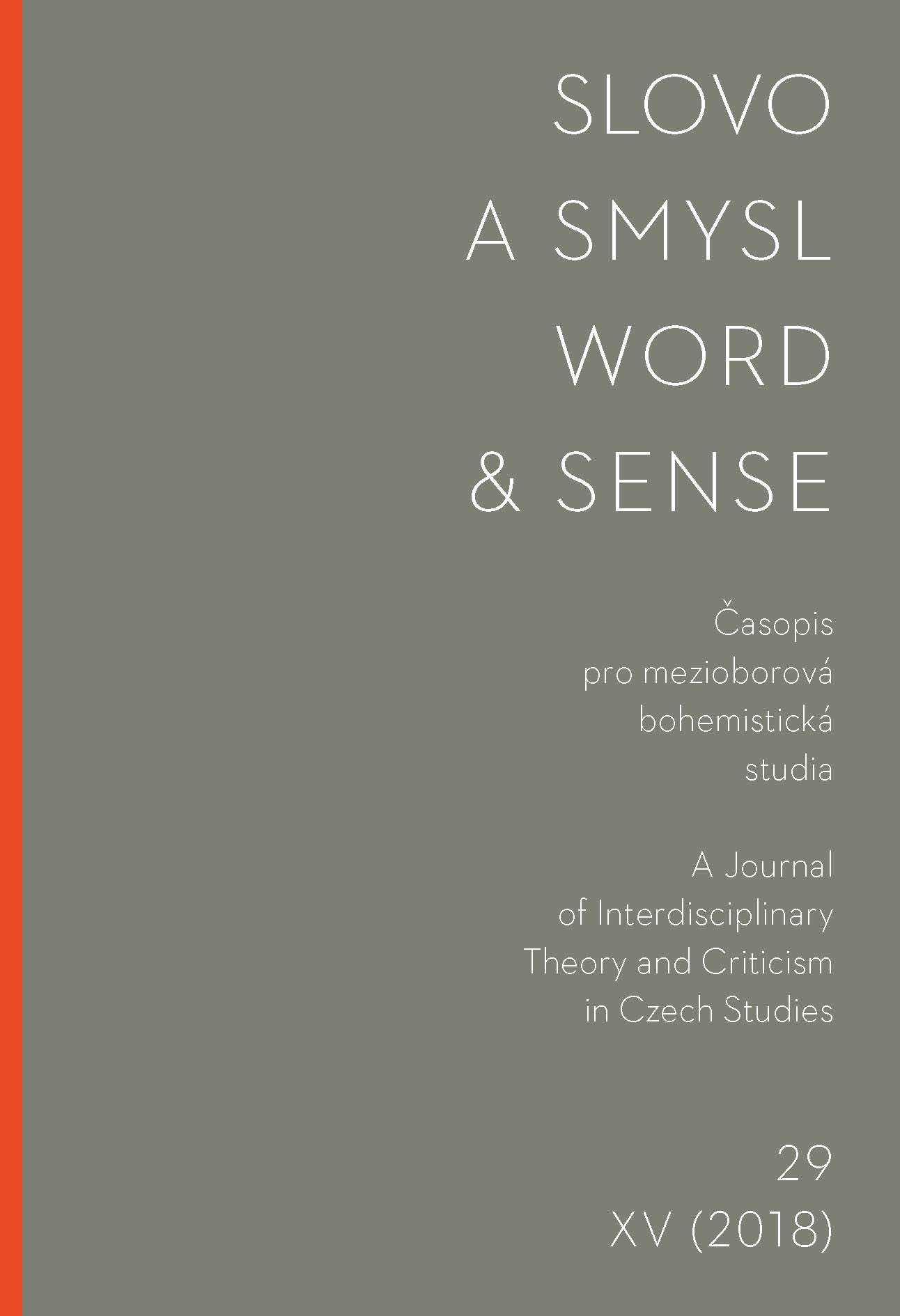
Keywords: Walter Benjamin; Franz Kafka; Jiří Opelík; Karel Čapek; Karlheinz Stierle; Theodor W. Adorno; Roland Barthes; slowness; study; reading; understanding; parable; picture; Photography; poet; philology;
Drawing on the considerations of Karlheinz Stierle, who claims that one of the key tasks in thinking about literature is to oppose the technical totality of modernity and its repressive mechanisms with the substantiality of the slow and the already past, this study aims — in the reading of Franz Kafka, for example, by German thinker, literary theorist and critic Walter Benjamin, and that of Karel Čapek by Czech literary historian and critic Jiří Opelík — to present a form of thinking about literature and its studies that would belong in some ways to the ‘slow reading culture’. At a time when the predominant view of the status of the discipline has grown skeptical, when one has come to doubt the meaning of literature, it is useful to return to the sources and principal questions that comprise our basic attitude towards literature and its study. The question of the current state of thought about literature is reflected here by the prism of slowness and the culture of slow reading, together with a study of literature that opens our way to something we might have otherwise abandoned in the ‘rhythm of constantly renewed acceleration’. The first part of the study, dedicated to Benjamin’s reading of Kafka, focuses on several motifs, grouped around the idea of study and the idea of the image. He develops his interpretation of Kafka’s short stories, The New Advocate, and his reading of the photographic portrait of little Kafka, by reflecting on Benjamin’s tendency to introduce the subject in a circular manner, and through a method of interpretation that gradually approaches, interrupts and postpones, the methodological equivalent to slow reading, revolves around the conviction that the center of the thinking about literature is the understanding of literary works, his open movement, which can never reach a culminating understanding. The second part of the study, devoted to Opelík’s reading of Karel Čapek, deals with the philological footprint and philological impulse in the literary-historical works of Jiří Opelík: at the epicenter of literary research he inserts the poetic word, which like the history of his stratification is also a model of the historicity of understanding and the experience of time slowing down. Slowness, in the context of Opelík’s Čapek, receives numerous synonyms, some immediately implied (continuity and stability), others emerging from his Čapek reading spontaneously (service), and still others seeming to suggest themselves: loyalty. Loyalty to the author, a service rendered not only to him but also to the readers, to ongoing research, to the constancy of the contemporary reader’s interest. Opelíkʼs methods remain an element of confidentiality in relation to the studied work, which is both first and last instance of understanding, confidentiality based on the slow experience of reading.
More...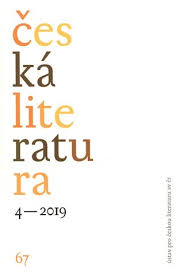
Keywords: Ruralism (literature); rural prose; political ideologies; Protectorate of Bohemia and Moravia (1939–1945);literary criticism;
This study aims to portray the changes in the village novel and in approaches to rural subjects in post-1939 prose under the Protectorate of Bohemia and Moravia. The author primarily focuses on the ideological concept of ruralism as a programmatic approach to rural issues and analyses the ways in which it was applied to literary and cultural policy in the new post-1939 political context. The inclusion of some figures from ruralist circles in cultural policy under the Second Republic (i.e. in the period following the signing of the Munich Agreement on 1st October 1938 and the establishment of the Protectorate on 14th September 1939), along with the award ofthe state prize for literature to the short story collection Věnec jeřabinový (Rowanberry Wreath 1939) by leading ruralist theoretician Jan V. Sedlák did not prevent ruralist ideas from gradually subsiding and losing their importance under the intense criticism of that period. In 1941 literary critic Bedřich Fučík rejected the principal ruralist proposition that a return to the countryside would result in a moral resurgence. Literary criticism began to seek out new artistic quests and tasks as rural subjectmatter. The author illustrates these processes both in several ruralist novels by Josef Koudelák and in Přerod (Regeneration, 1943), a novel by Pavla Buzková, which was an attempt within that period context at a «new village novel». Literary criticism at that time and a number of works on rural topics from the Protectorate period demonstrate that there was a clear attempt at that time to open up ruralism (and the rural world) to the broader subject range and ethical perspectives of the modern novel. Separate attention is paid in this study to the issues surrounding the Blut und Boden ideology and its reception in Czech literature and through works in translation.
More...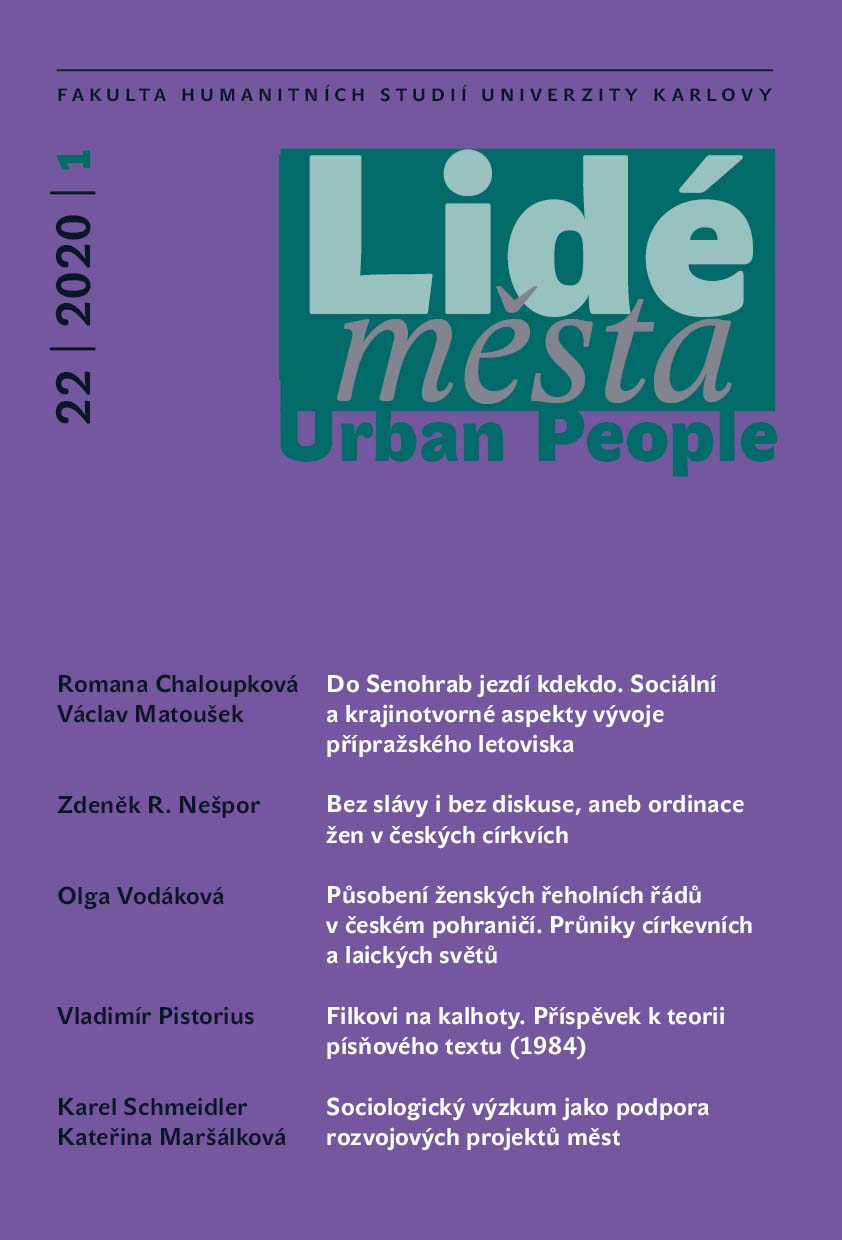
Keywords: period of industrialisation and modernisation; 19th and beginning of 20th centuries; villa and cabin colonies; Senohraby; Czech Republic
More...
Review of: KERECMAN, Peter: MILO URBAN, JUSTÍCIA A ADVOKÁTI V ŽIVOTE A DIELE. Dolný Kubín: Oravské múzeum P. O. Hviezdoslava, 2020. 319 s.
More...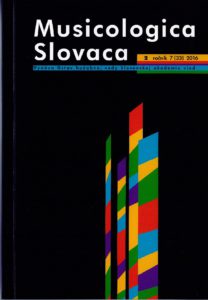
Review of: Grzegorz Joachimiak: Lutnia w klasztorze. Fenomen dworskiego instrumentu w kulturze Śląska XVII i XVIII wieku (= Musicologica Wratislaviensia 14). Wroclaw : Wydawnictwo Uniwersytetu Wrocławskiego, 2020, 349 s. ISBN: 978-83-229-3750-1
More...